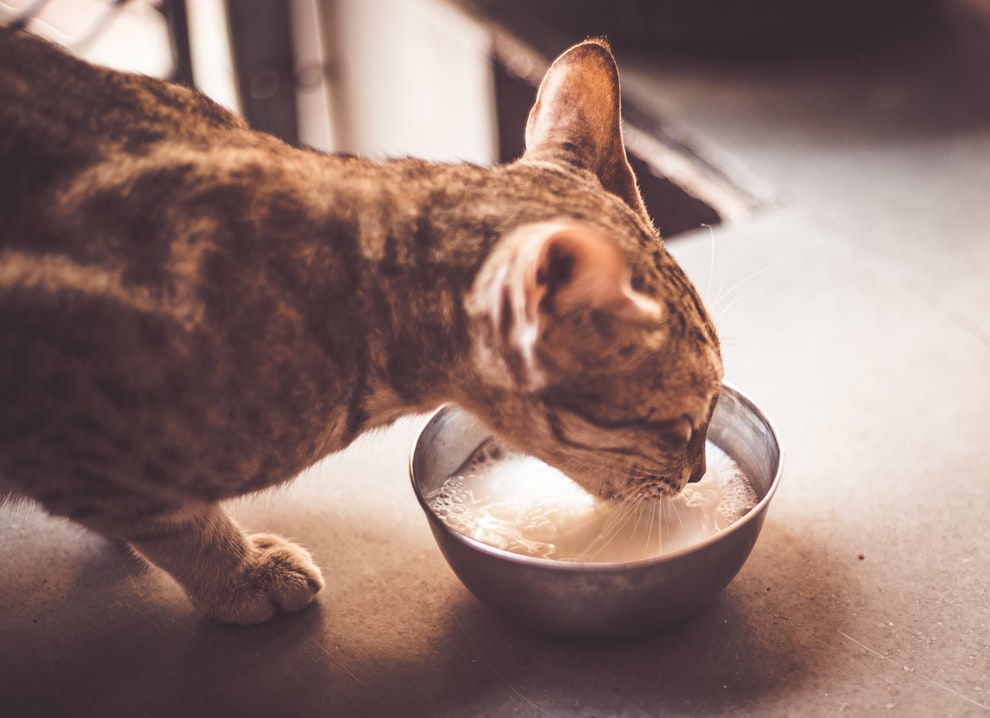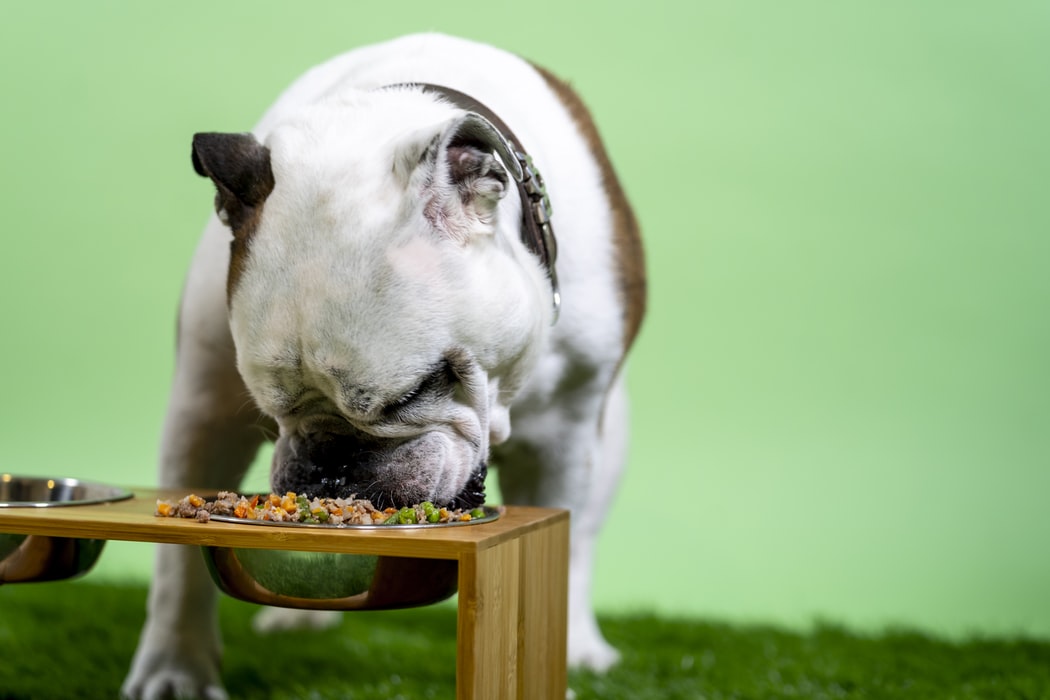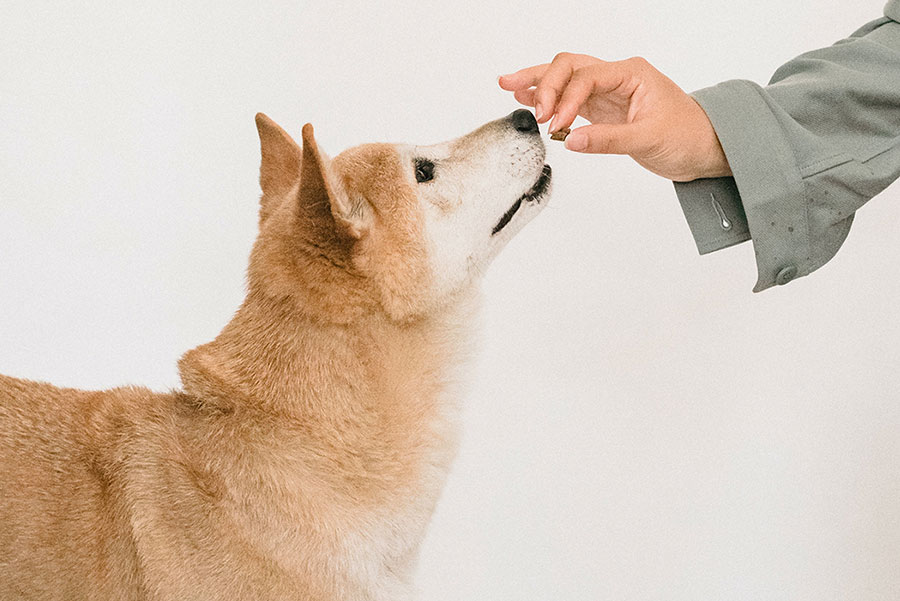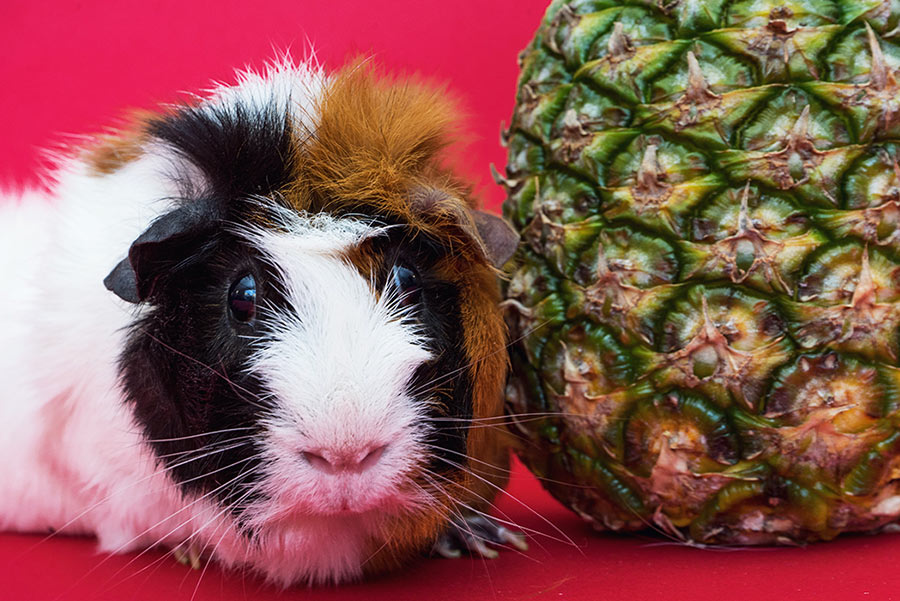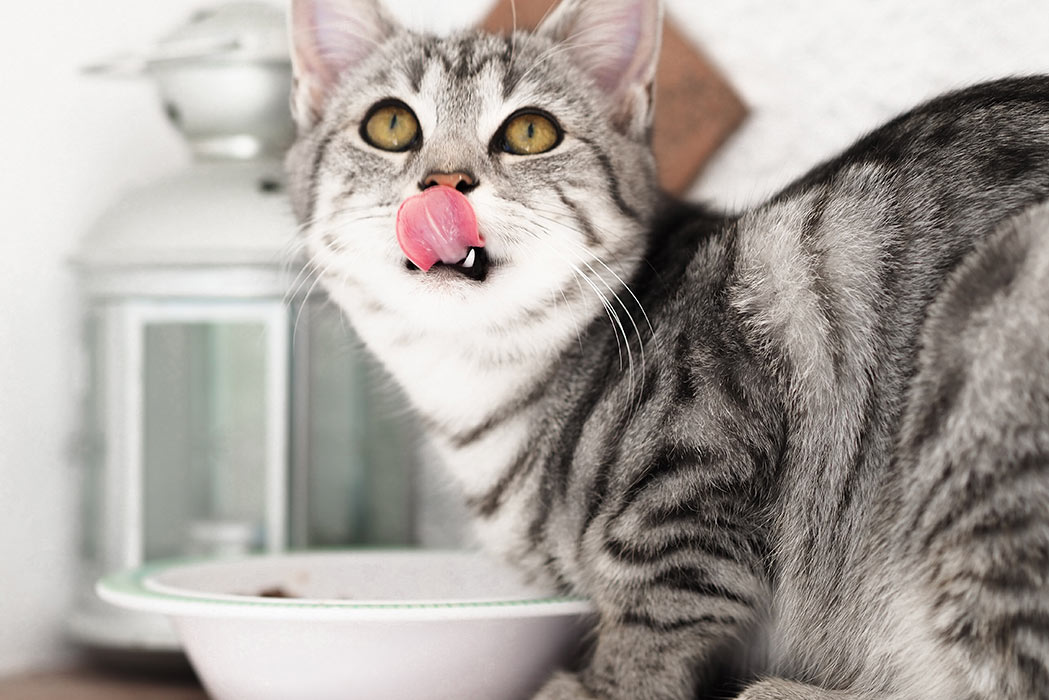
Pet owners want the best for their animal friends and are rightly concerned about the ingredients in pet foods and how they are sourced. Pet owners have become more aware of what and how healthy the food is they feed their animals. To address this trend, pet food makers have taken to labeling their premium products as “human grade.” But what exactly does it mean for pet food to be human grade?
The answer is not as straightforward and may surprise you. This article will delve into what human grade means and the difference between a pet food labeled human grade versus one with a Human Grade Certification Seal.
What is Feed Grade pet food?
Before getting into Human Grade, we should explain what non-human grade pet food is. Most pet food is “feed grade,” which is an FDA standard. Feed grade food is deemed acceptable for pets but not for consumption by humans.
Feed grade food can contain by-products, chemicals, fillers, and animal parts you would not find in human food. Historically, feed grade pet food also contained the dreaded “4Ds”: parts from dying, diseased, disabled, or deceased animals.
In short, regular feed grade pet food — which most pet food on the market is — can contain some unpleasant ingredients that no reasonable person would ever want to put in their diet. It is also manufactured in plants not subject to the same rules and oversight as human food facilities.
What is Human Grade?
“Human grade” is a term that pet food makers have used to indicate that their products are made with the same standards applicable to food for humans. However, there is currently no universal legal definition for what “human grade” actually means. The term “human grade” is also not currently defined in official pet feed regulations.
A product labeled “human grade” implies that the food was made in accordance with the same standards for products made for human consumption. The U.S. Department of Agriculture refers to products fit for people as “edible.”
A product might claim “human grade” because the ingredients were sourced from a USDA meat plant. However, that labeling would potentially be misleading. The meat that leaves a USDA meatpacking plant can be inedible if it doesn’t meet standards for human consumption. It also says nothing about the facility that produced the final product.
To truly claim a pet food is made according to human food standards is a high bar. It means that every ingredient and the food production facility meets federal and state regulatory standards for human food. You should also be wary of products that claim to use “human grade ingredients” because that says nothing about the manufacturing process.
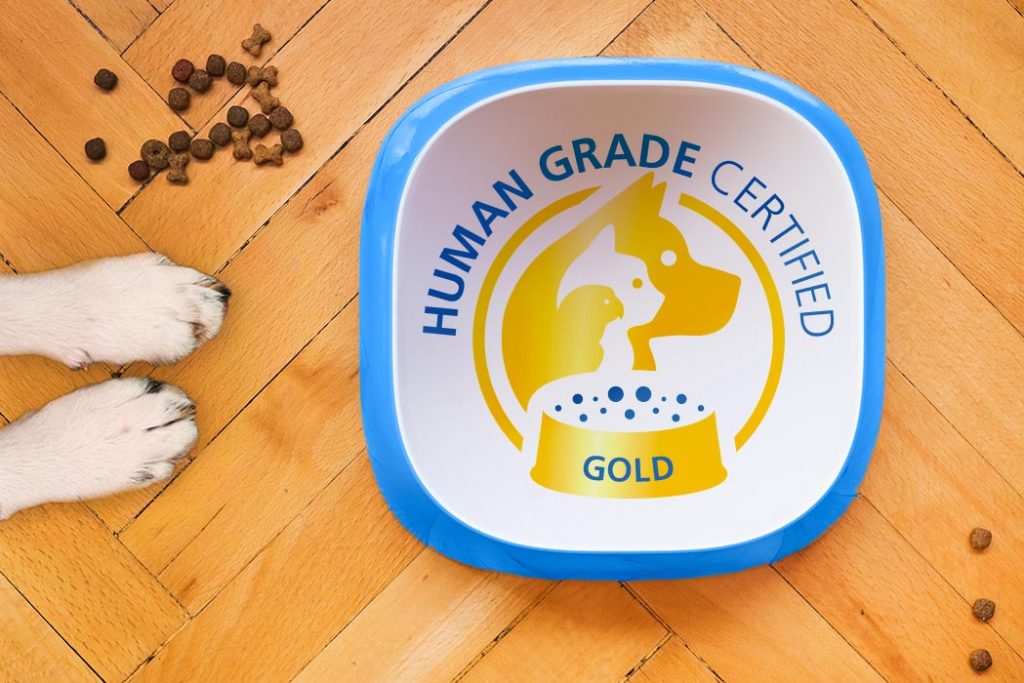
What is the AAFCO Standard for Human Grade?
AAFCO stands for the Association of American Feed Control Officials. They are a non-profit organization and voluntary membership association of local, state, and federal agencies. They are highly influential in the pet food industry and propose and set standards for pet foods in the United States.
For some time, AAFCO has been tinkering with a definition of “human grade” that could finally provide a standardized description. However, they have not yet committed to a final definition, and no official human grade standard has been enacted on a federal or state level. There has also been some controversy among pet food advocates in how AAFCO distinguishes human grade pet food from normal feed grade pet food.
What is the Human Grade Certification Seal?
The Human Grade Certification program was developed to clear up the confusion about what human grade means. If you see the Human Grade Certified seal on a product, it means the manufacturer has attested that every ingredient in the product is edible by humans. The product was processed in a facility that meets standards for human food production.
The Human Grade Certified seal also means the product has no added artificial flavorings, colors, or preservatives. A Human Grade Certification is not awarded unless every single requirement is met.
The Human Grade Certification Seal is a convenient way for pet food owners to find the foods they want for their pets on crowded pet food shelves.
Human Grade Pet Food Certifications
Can People Eat Human Grade Pet Food?
Humans should never eat human grade pet food. You may be wondering why since the pet food was made following human food standards. The reason is that pet food has a different nutritional profile than human food, and animals also have very different digestive systems.
A food designed for a pet is not intended for a human. Conversely, not all human foods are good for your pets. For example, foods like chocolate and nuts can be toxic to household pets, but they’re perfectly edible for most humans. Animals can also eat raw foods that humans have a hard time digesting. For these reasons, you should never consume foods intended for pets, even if they meet human grade standards.


